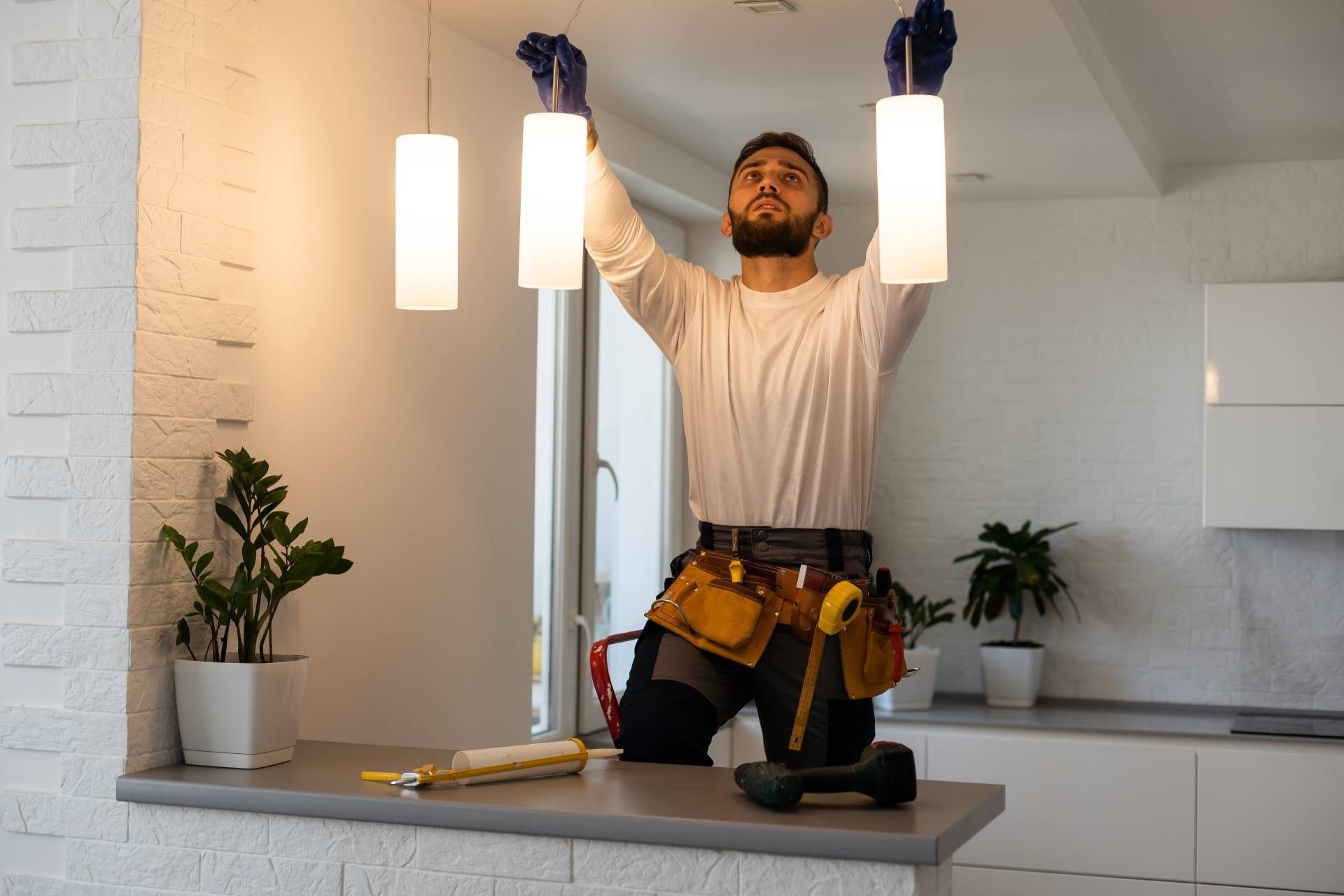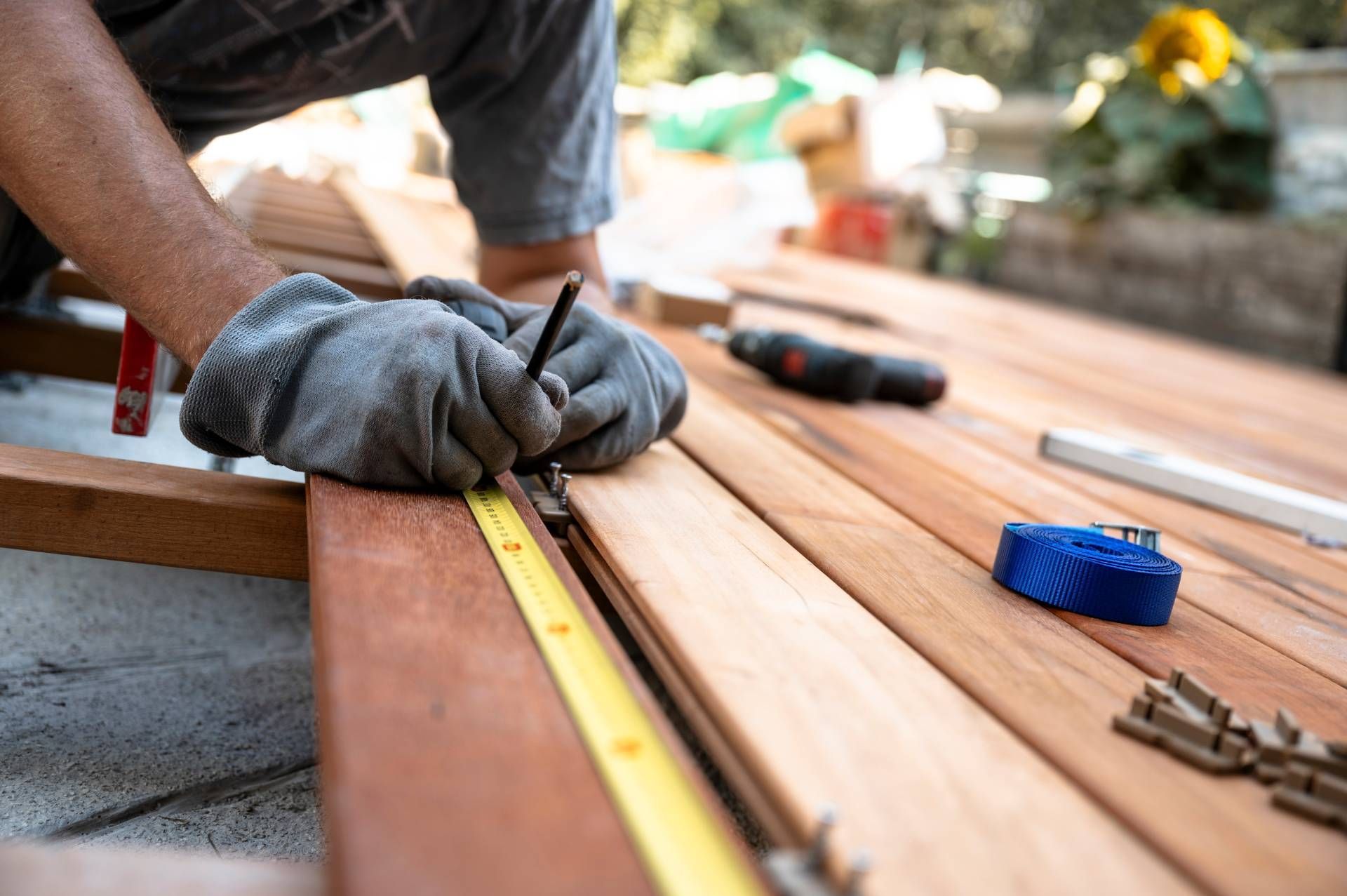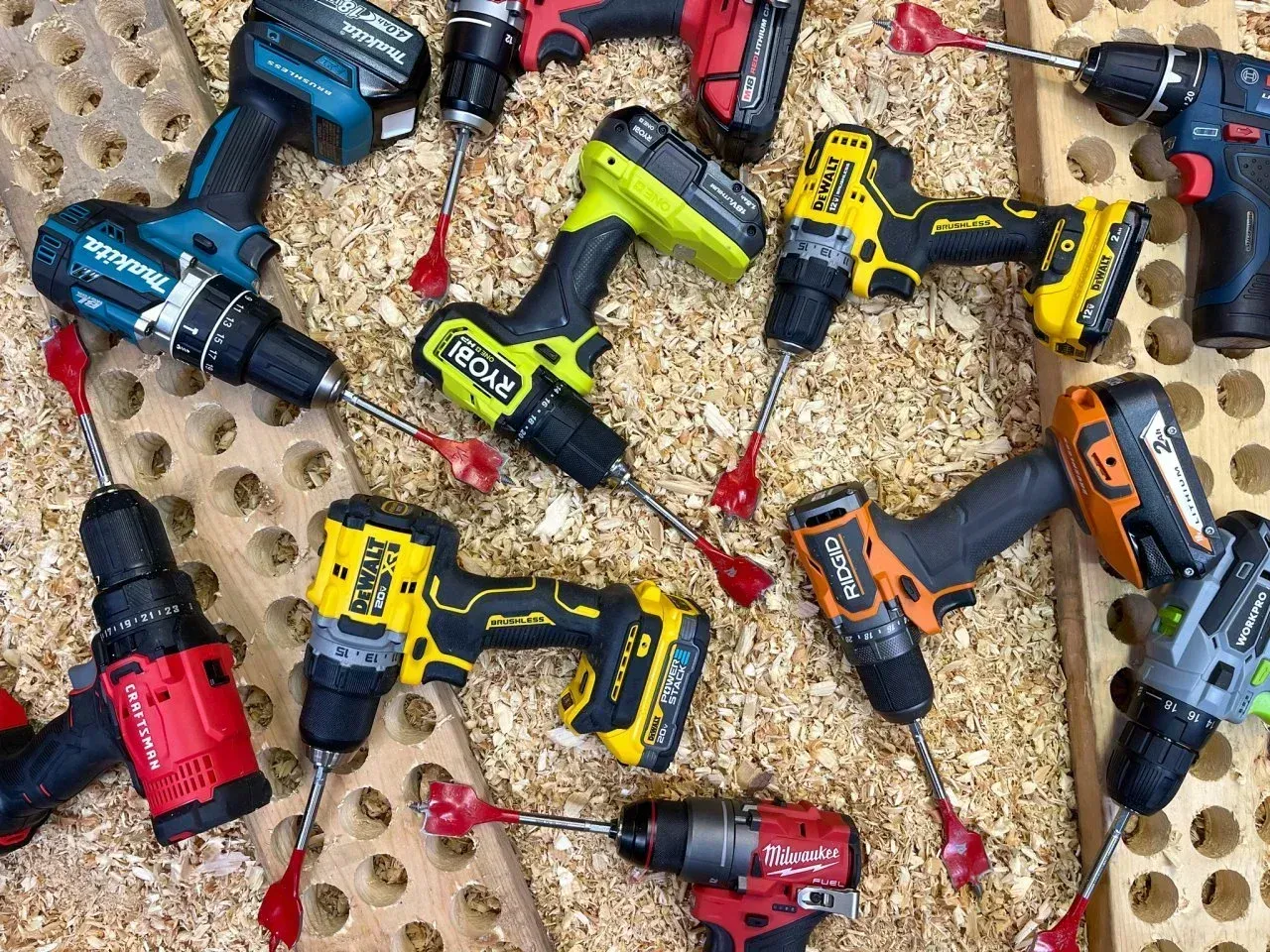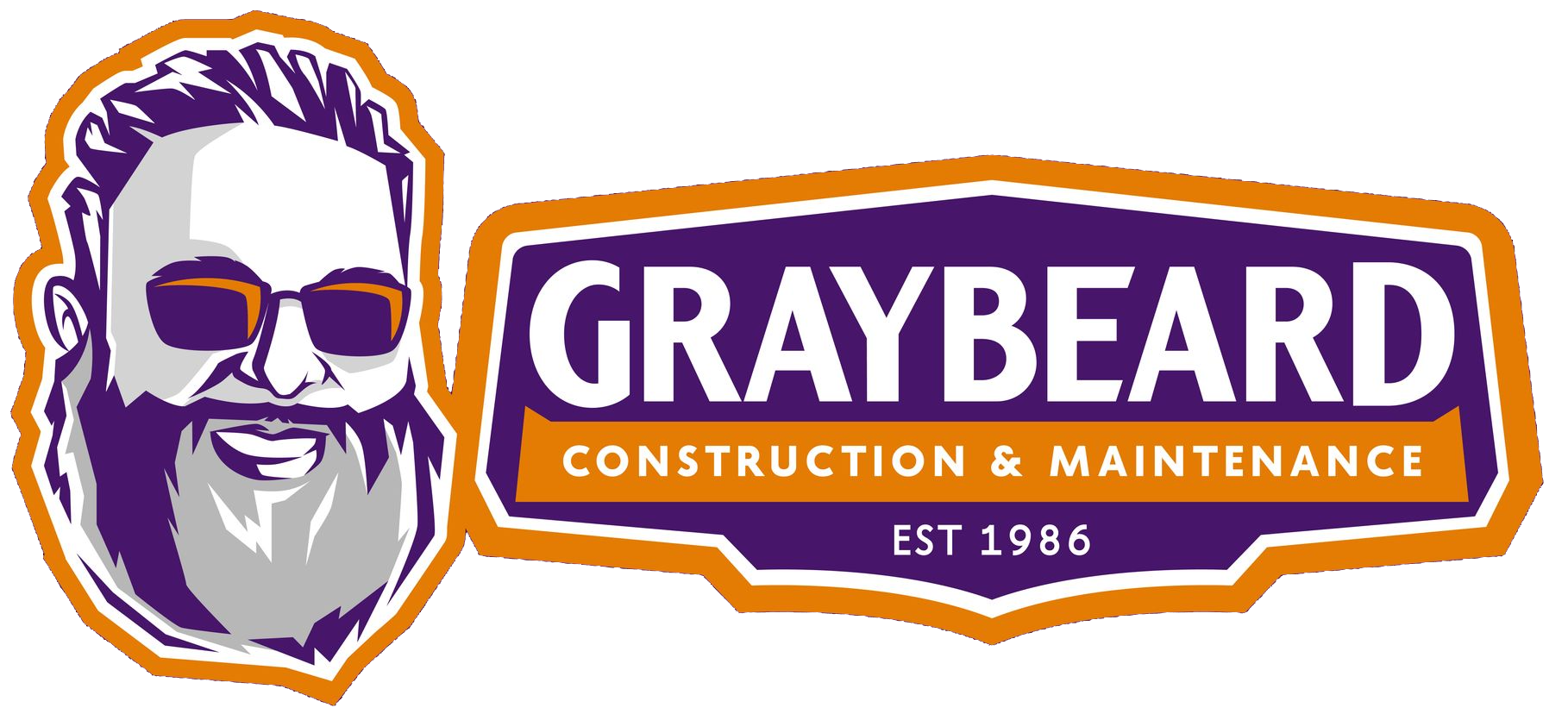Lighting Up Your Home

How to Choose the Perfect Fixture for Every Space
As your local Topeka handyman, we've seen it all – from dim rooms that feel like caves cavern to spaces overwhelmed by a single, harsh light. Choosing the right light fixture isn't just about illuminating a room; it's about setting the mood, enhancing functionality, and even boosting your home's aesthetic appeal. 🏡 But with endless options out there, where do you even begin? Don't worry, we're here to shine a light on the process! 💡
1. Understand the "Why": What's the Purpose of the Light? 🤔
Before you fall in love with a gorgeous chandelier, stop and think: what do you need this light to do?
* Ambient (General) Lighting: This is your primary light source, providing overall illumination for the room. Think flush mounts, semi-flush mounts, or recessed lighting. For a living room in a historic Topeka home, a beautiful semi-flush mount can provide general light without overwhelming the space. 🛋️
* Task Lighting: Focused illumination for specific activities like reading, cooking, or working. Under-cabinet lighting in your kitchen, a desk lamp in your home office, or a pendant over an island are perfect examples. 🧑🍳
* Accent Lighting: Designed to highlight features, create visual interest, or add drama. Picture track lighting pointing at artwork, wall sconces framing a fireplace, or uplighting on a prized plant. 🖼️
* Decorative Lighting: Often serves more as a design element than a pure light source. While it still provides light, its primary role is aesthetic. Think of a stunning pendant in an entryway or an ornate chandelier in a dining room. ✨
Many rooms need a combination of these layers to be truly functional and inviting!
2. Size and Scale: Don't Get Overwhelmed (or Underwhelmed) 📏
This is where many homeowners make mistakes. A fixture that's too small will look lost, while one that's too large can dominate the space and feel claustrophobic.
For most rooms (non-dining areas):
A common rule of thumb for general room lighting is to add the room's length and width in feet, and that sum roughly equals the ideal diameter of the fixture in inches.
* Example: A 10 ft x 12 ft room = 22 inches. Look for a fixture around 20-24 inches in diameter.
For dining rooms (over a table):
The fixture should typically be about one-half to two-thirds the width of your dining table. This prevents head bumps and ensures the light is centered over the eating area. 🍽️
For hanging height (pendants, chandeliers):
* Over a dining table: The bottom of the fixture should be about 30-36 inches above the tabletop.
* In an open foyer or staircase: Ensure enough clearance for people to walk underneath – at least 7 feet from the floor to the bottom of the fixture. 🚶♀️
3. Style Harmony: Matching Your Topeka Home's Personality 🏡
Topeka homes boast a wonderful mix of architectural styles, from charming Victorians to mid-century ranches and modern new builds. Your light fixtures should complement your home's existing aesthetic.
* Traditional: Look for fixtures with classic lines, intricate details, materials like bronze, brass, or iron, and perhaps fabric shades.
* Modern/Contemporary: Clean lines, minimalist designs, chrome, brushed nickel, or matte black finishes, often with geometric shapes.
* Farmhouse/Rustic: Distressed finishes, wood accents, industrial elements, exposed bulbs, and simple shapes. 🌾
* Transitional: A blend of traditional and modern elements, offering versatility and timeless appeal. This is a safe and popular choice for many homes!
Don't be afraid to mix metals or styles subtly, but ensure there's an overarching theme that ties the room together.
4. Bulb Brilliance: Watts, Lumens, and Color Temperature 💡
It's not just the fixture, but the bulb inside that truly creates the light!
* Lumens, Not Watts: Forget watts (they measure energy consumption). Focus on lumens, which measure brightness. A standard 60W incandescent bulb produces about 800 lumens. Check the packaging for lumen output.
* Color Temperature (Kelvin - K): This determines the warmth or coolness of the light.
* 2700K - 3000K (Warm White): Soft, cozy, inviting light – great for living rooms, bedrooms, and dining areas. Mimics traditional incandescent light. 🔥
* 3500K - 4000K (Cool White/Neutral White): Brighter, more energetic light – good for kitchens, bathrooms, home offices, and utility rooms. 🧊
* 5000K - 6500K (Daylight): Very bright, blue-white light – often used for task lighting, workshops, or areas where true color rendering is crucial. ☀️
Pro-Tip: Dimmers are your best friend! They allow you to adjust the brightness and mood of a room, maximizing the versatility of your chosen fixture. 🔄
5. Practicality & Installation: When to Call Your Local Handyman 🛠️
Finally, consider the practical aspects:
* Installation Difficulty: Some fixtures are simple swaps, while others require new wiring or bracing. If you're not comfortable working with electrical components, or if the fixture is heavy and requires special mounting, it's always best to call a professional. That's where your friendly Topeka handyman comes in! 👷
* Maintenance: How easy is it to change bulbs or clean the fixture?
* Energy Efficiency: LED fixtures and bulbs are incredibly energy-efficient, saving you money on your utility bills in the long run. 💰
Choosing the right light fixture can transform a room, making it more functional, comfortable, and beautiful. If you've found the perfect light but need a hand with the installation, or if you'd like a professional opinion on what would work best in your Topeka home, don't hesitate to give us a call! We're here to help you illuminate your space, one fixture at a time. 📞
Blessings!











